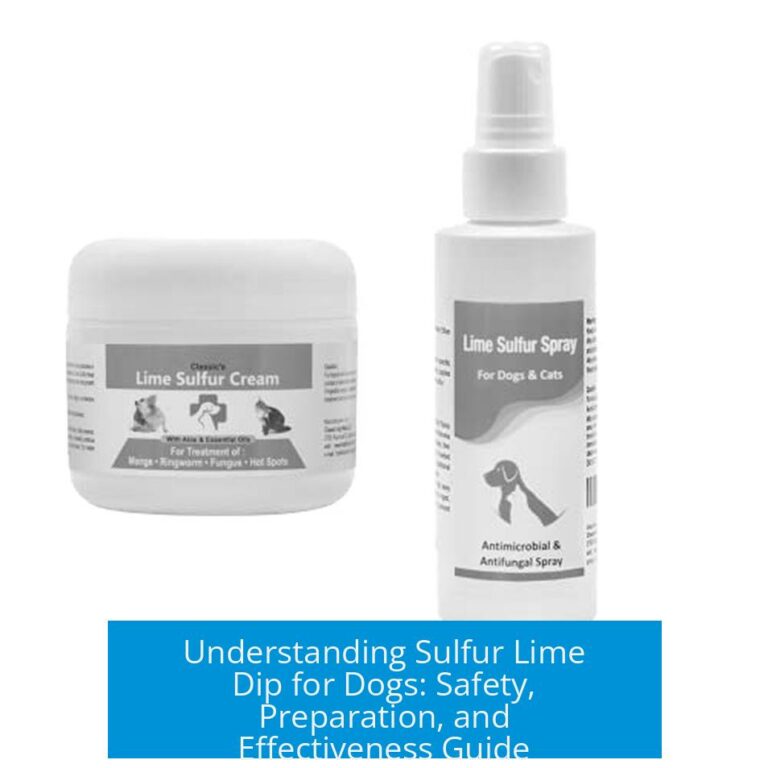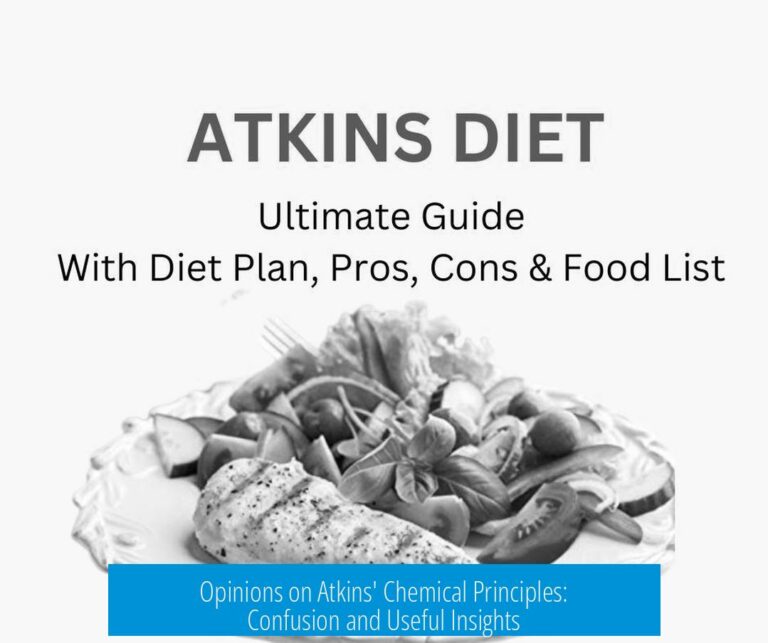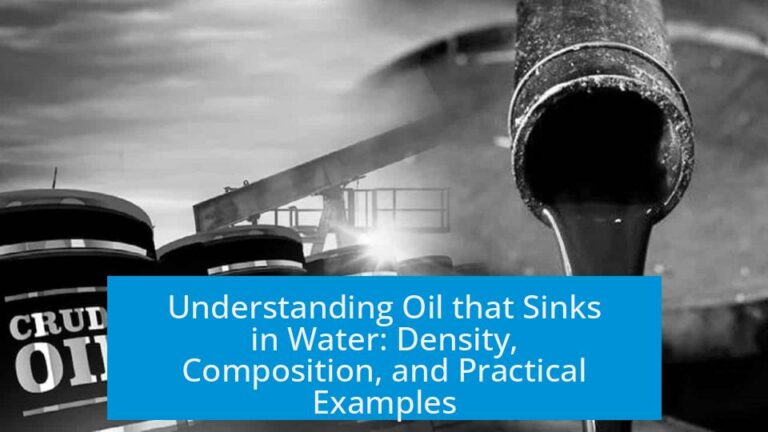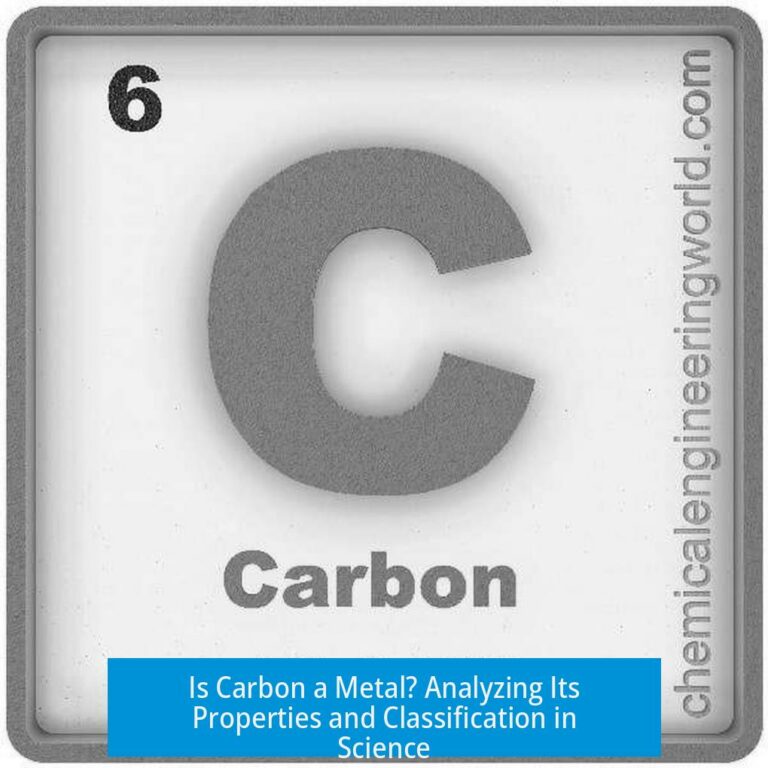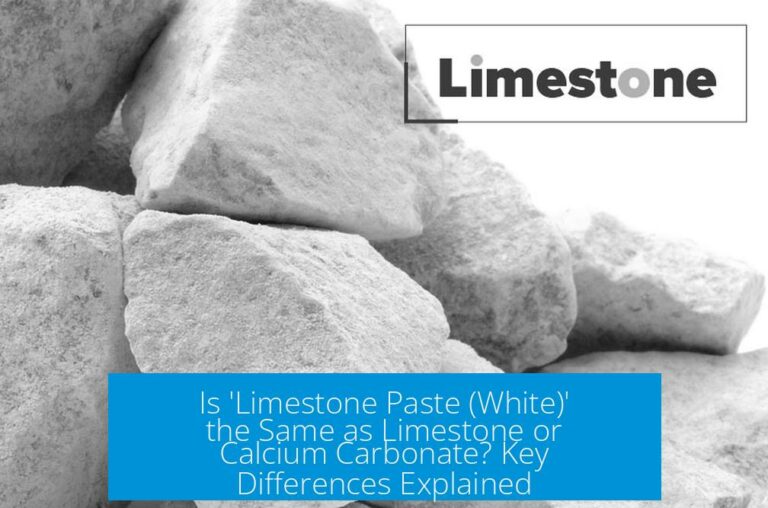Freezing Point of Sulfuric Acid: Key Properties, Applications, and Challenges in Solid-Liquid Transitions
Freezing Point of Sulfuric Acid The freezing point of pure sulfuric acid (H2SO4) is approximately 10.3 °C (50.5 °F), but this value varies with concentration due to its complex phase...





